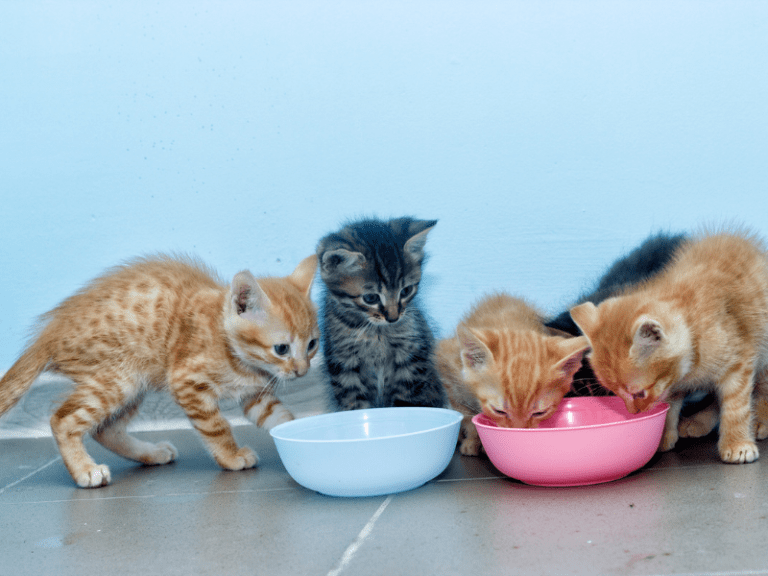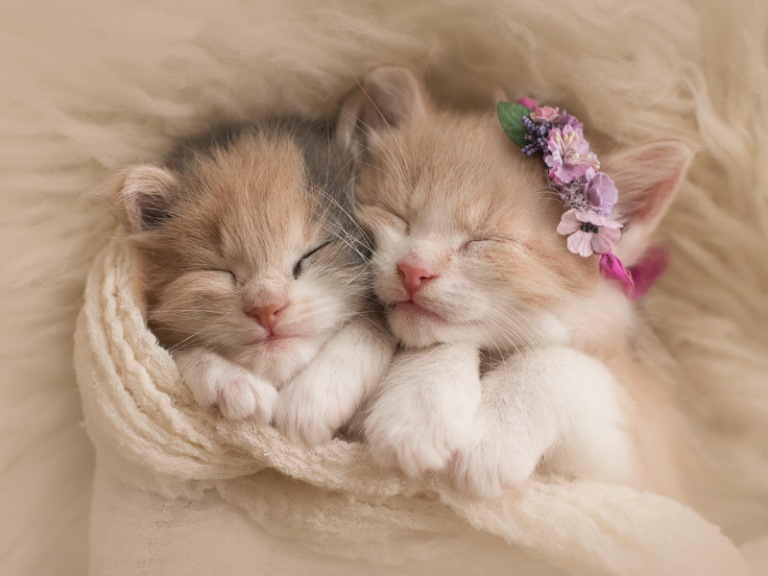Can Cats Understand English? Unleashing the Magic
FULL DISCLOSURE: The links I share in this course ARE my affiliate links. This means I earn a commission, at no extra cost to you. In fact, sometimes you’ll get a discount or free credits just FOR using my link. 🙂

Hey there, cat enthusiasts! Buckle up for a paws-itively amazing adventure as we delve into the mesmerizing realm of feline communication! Are you eager to know if your cats understand English? Let's find out!
Hold on to your whiskers, folks, as we explore this captivating subject! Every cat lover dreams of understanding their feline companion better, and the idea of conversing with them in a mutual language is nothing short of exhilarating!
How do cats communicate?
Cats boast a fantastic array of vocalizations to convey their emotions. Purring signals contentment and relaxation, whereas meows can be anything from a friendly greeting to a plea for food or attention. Hisses and growls, conversely, indicate fear or aggression.
Body Language Boogie: Tail Movements, Ear Positions, and Posture
Besides vocalizations, cats also rely on body language for communication. They express their emotions through tail movements, ear positions, and posture. For instance, a swishing tail suggests excitement or agitation, while a droopy, relaxed tail conveys contentment. Ears perked up and facing forward imply curiosity or alertness, while flattened ears often signal fear or aggression.
Scent Marking: A Pivotal Aspect of Feline Communication
Cats also communicate through scents, marking their territory by rubbing against objects and people or even spraying. Scent marking helps establish dominance and interact with other cats, offering a sense of security in their environment.
Can Cats Understand English? Unraveling the Debate

Although cats have incredible communication skills, their vocal abilities are limited compared to humans. They can't produce the same range of speech as we do, but that doesn't mean they can't understand English.
While scientific evidence is scarce, many cat owners insist that their cats respond to specific words and commands.
The Power of Association
One theory behind cats' comprehension of English is that they form associations between specific sounds or words and certain actions or outcomes. For example, a cat might recognize the word “treat” as a signal that they're about to receive something tasty.
This recognition doesn't necessarily mean they understand the language; rather, they've learned to associate that particular sound with a specific result.
Recognizing Human Voices and Tones
Cats are known to be sensitive to human voices and tones, which can help them discern the meaning behind our words. They may not understand the vocabulary itself, but they can pick up on the emotions and intentions behind our speech.
This ability allows them to react accordingly, whether we're expressing affection, issuing a warning, or simply calling their name.
Cognitive Abilities of Cats
Cats are intelligent creatures, and their cognitive abilities should not be underestimated. Studies have shown that cats possess problem-solving skills and can learn through observation and experience.
While their language comprehension may not be on par with humans, their ability to recognize patterns and associations in our speech could contribute to their understanding of certain words and commands.
The Role of Training and Reinforcement
The extent to which a cat understands English can also depend on the training and reinforcement they've received. Cats that have been consistently trained using specific words or phrases, along with positive reinforcement like treats or praise, are more likely to respond to those words in the future.
This responsiveness may not indicate a deep understanding of the language but does demonstrate their ability to learn and adapt to our communication methods.
Effective Communication: How Cats Adapt to Human Interaction
Cats and humans may not speak the same language, but we can still communicate effectively. Cats are remarkably perceptive when it comes to recognizing human voices and adjusting their communication style to suit our needs.
They have an astonishing ability to detect changes in our tone and emotion, enabling them to understand our intentions and react accordingly.
Many cat owners have observed that their cats respond to their names, suggesting that they can learn to associate specific sounds with certain actions or expectations.
They also tailor their communication style when interacting with humans, using vocalizations, body language cues, or scents to grab our attention or ask for something.
The Unique Perspective of Cats: Embracing the Mystery

Cats perceive the world differently from humans, heavily relying on their senses of smell, hearing, and touch. This unique perspective influences their communication style and understanding of their surroundings, which can differ significantly from our human experience.
Superior Sense of Smell
Cats have an exceptional sense of smell that plays a crucial role in how they perceive their environment. With around 200 million odor-sensitive cells in their noses, cats can detect scents that are undetectable to humans. This extraordinary olfactory ability allows them to identify other cats, potential mates, and mark their territory. Their strong reliance on smell greatly influences how they communicate and interact with the world around them.
Acute Hearing Abilities
Cats possess an incredible sense of hearing, which is crucial for hunting and detecting potential threats. Their ears can pick up high-frequency sounds that are beyond human hearing capabilities. This acute hearing allows them to track prey, respond to other cats' vocalizations, and recognize subtle changes in their environment. With such sensitive ears, cats can quickly react to sounds, including our voices, and communicate more effectively with us.
Tactile Communication
Cats have a highly developed sense of touch, which they use to navigate their surroundings, bond with other cats and humans, and communicate their emotions. Their whiskers, for example, are sensitive touch receptors that help them feel their way around obstacles, measure the width of openings, and detect changes in air currents. Touch is also an essential part of feline social interaction, such as grooming, head bumping, and kneading, all of which help strengthen social bonds and convey emotions.
Visual Perception and Body Language
Although cats have a different visual perception than humans, they rely on body language to communicate with both their feline counterparts and humans. Cats have a keen ability to interpret subtle changes in posture, tail movement, and ear positioning, which enables them to respond accordingly to different situations. By understanding these visual cues, we can better comprehend our cats' emotions and foster a deeper bond with them.
Celebrating the Bond that Transcends Language Barriers
Even if cats can't fully understand English, they have a unique way of connecting with us. Our bond with our cats is built on love, trust, and mutual understanding, which transcends language barriers.
By paying attention to our cats' vocalizations, body language, and scents, we can better understand their needs and emotions, deepening our bond with them.
💌 Join Our Meow-tastic Pack:
Don't miss out on more pet-friendly fun and games for you and your furry friend! Join our pack today to stay updated on the latest activities, tips, and news. 🐾







